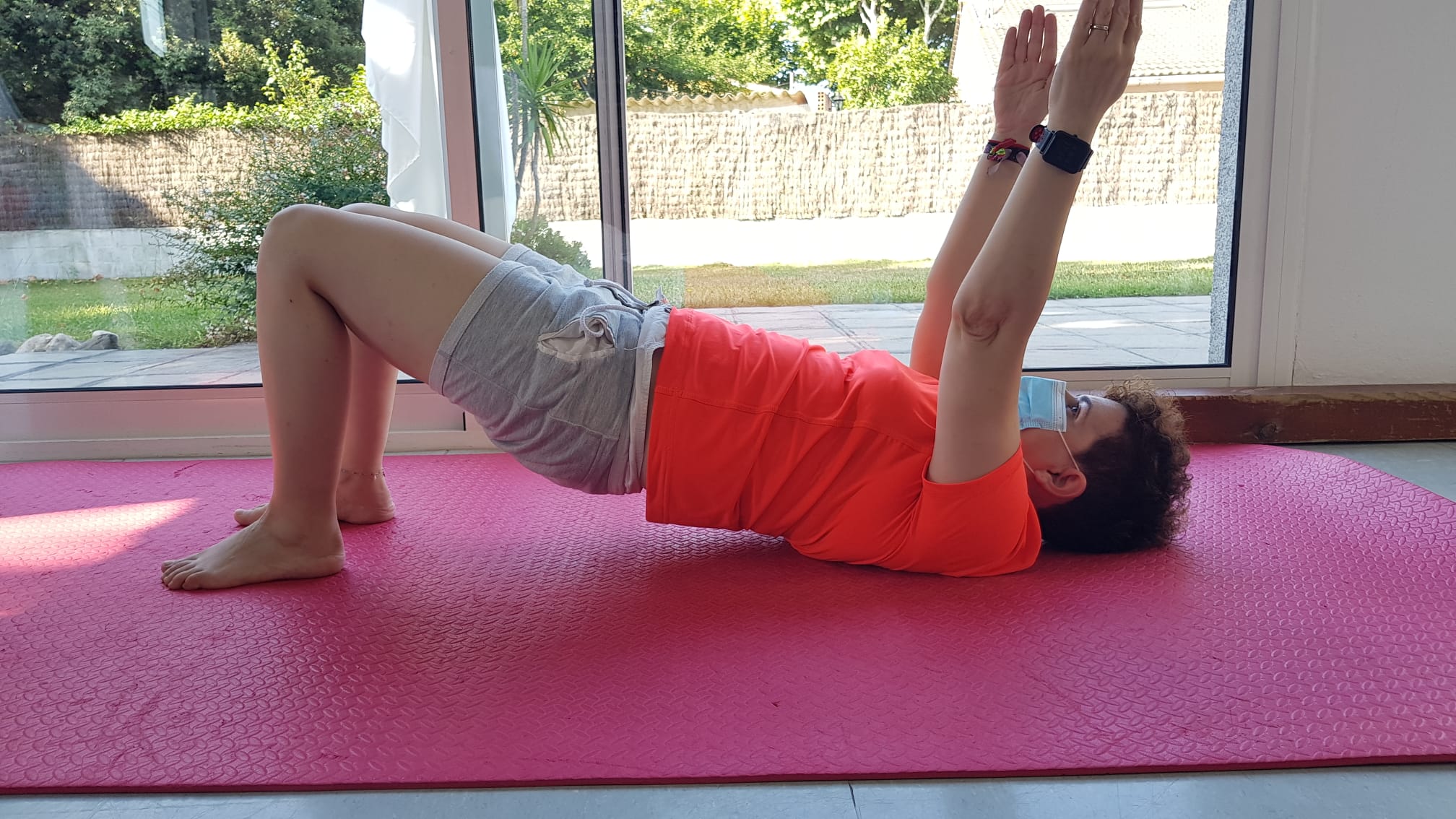
How to improve movement after a neurological injury?
The functional movement, such as the movement of the segments, arms and legs, can be improved by the work itself or by the influence that the trunk musculature and trunk functionality exert on them. That is, the trunk influences balance, the way we walk and move our arms. Let’s remember that it is the center of the body and where the different parts of the body come together, including the head.
In neurological injuries, such as stroke, multiple sclerosis, Parkinson’s disease and many others, the movement of people who suffer from it is altered. For this reason, people with loss of mobility seek different solutions and options to improve their body movements.
What exercises are there to work the trunk in case of having a neurological and/or brain injury?
The main function of the trunk is balance in sitting or stabilization. Lumbo-pelvic stability or core stability exercises are strongly recommended to strengthen the trunk muscles and improve their functionality.
What are the principles of exercises for the trunk?
Let’s agree that the stabilizing muscles, in this case we are talking about the lumbar and pelvic muscles, do not have to be powerful or strong, they must be resistant. The main principle is to enhance trunk extension by activating the multifidus and transversus abdominis muscles. This musculature is usually directly or indirectly affected by different neurological diseases.
Breathing should not be interrupted. People who cannot coordinate their breathing with the exercises should work on their diaphragm, diaphragmatic breathing.
Can electrostimulation be used on the trunk muscles?
If trunk exercises, lumbopelvic stability exercises or core stability exercises with the help of electrostimulation, such as TENS, are intended to be performed, the electrodes must be placed in the lumbar region in parallel. If you want to use electrostimulation on the abdominal muscles, in this case, on the transversus muscle, the placement of the electrodes must be very lateral. Once the electrodes are placed, the different stability exercises recommended by the physiotherapist should be performed.
Is there any trick to do the exercises well?
Apart from strengthening the stabilizing muscles by itself, rotations between the lower and upper trunk must be incorporated or even use the arms and legs to produce the necessary rotations. The physiotherapist or occupational therapist responsible for the treatment and rehabilitation must adapt the exercises to the capacities of each person.
